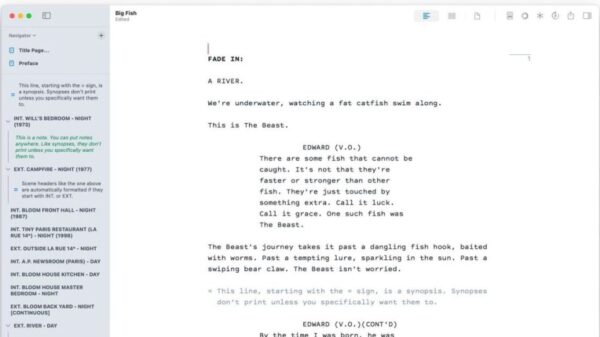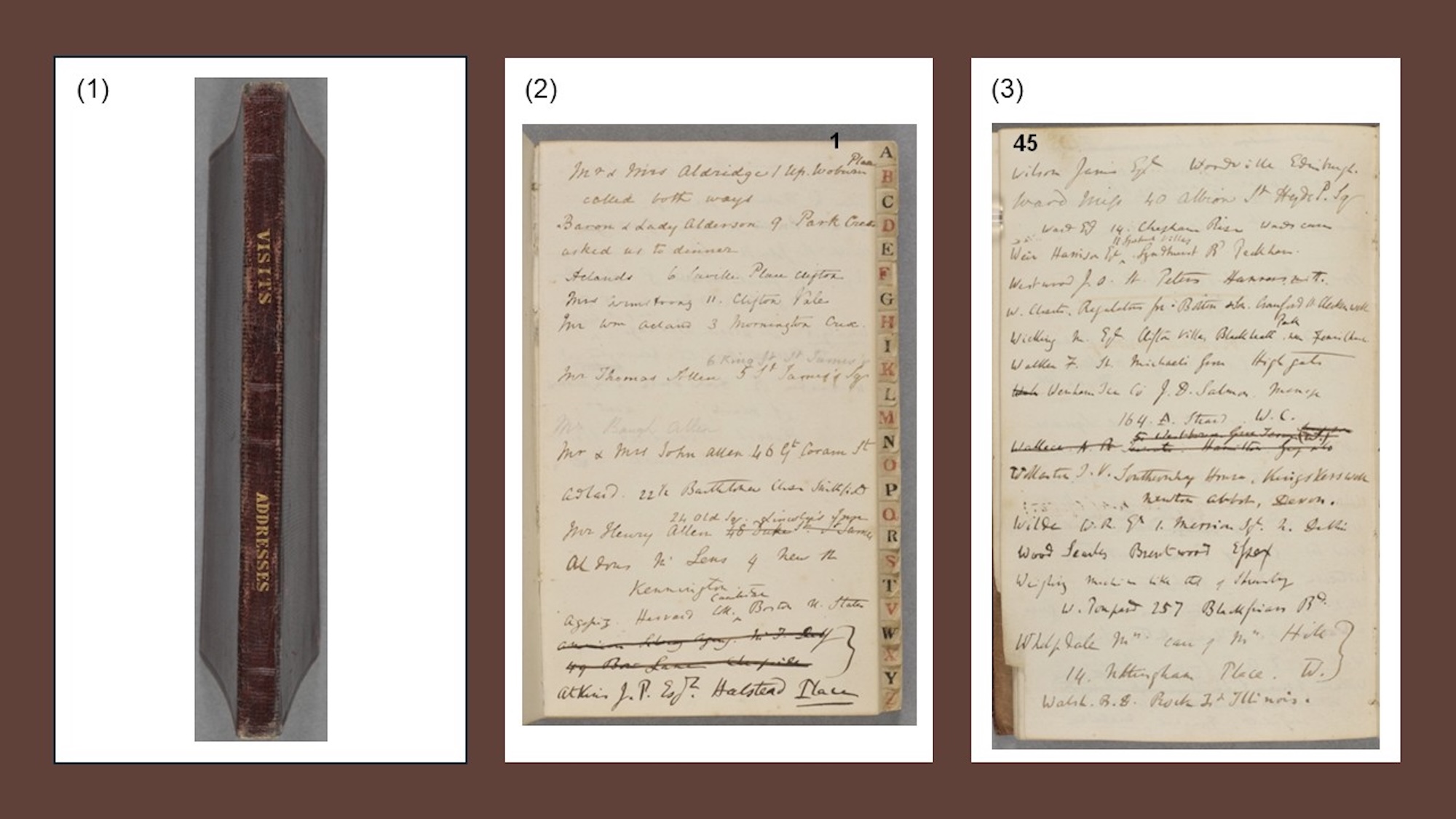A digitized edition of Charles Darwin‘s personal address book is now available online for the first time, offering a unique glimpse into the famed naturalist’s life. This significant artifact, part of the National University of Singapore’s ongoing Darwin Online project, spans 48 pages and contains approximately 500 entries, including contacts and shopping lists.
According to John van Wyhe, a science historian at NUS, “It’s incredible that this little treasure-trove of details by Darwin has remained unpublished until now. It offers fascinating new insights into his life and the way he worked.” The digitization of this address book adds a new layer to the understanding of Darwin’s interactions and interests during his lifetime.
For over 50 years, archivists have meticulously catalogued and preserved Darwin’s extensive correspondences, resulting in 30 volumes of edited material. Despite these efforts, which include around 15,000 letters, the recently digitized address book reveals previously undocumented individuals, businesses, and topics that provide a fresh perspective on Darwin’s world.
New Discoveries in the Address Book
Among the entries, there are references to lesser-known pigeon breeders, reflecting Darwin’s longstanding interest in domestic birds, which significantly influenced his groundbreaking work, On the Origin of Species. The address book also contains unexpected details, such as the addresses of notable figures like Oscar Wilde‘s father and social reform advocate Octavia Hill.
Interestingly, several recipes for rat poison are included, likely a practical necessity given Darwin’s small estate in Down, England, which featured outbuildings and stables. One entry specifically mentions “Rarytes carbonate for Rats,” illustrating Darwin’s practical concerns alongside his scientific endeavors.
The address book’s earliest entries were penned by Darwin’s wife, Emma, shortly after their marriage in January 1839. Darwin took over maintaining the book soon after, relying on it for personal and professional references until his passing in 1882.
This digitization not only preserves a vital piece of history but also enhances our understanding of Darwin as both a scientist and a person. With the availability of such resources, researchers and enthusiasts alike are encouraged to delve into the lesser-known aspects of Darwin’s life and work.






































































